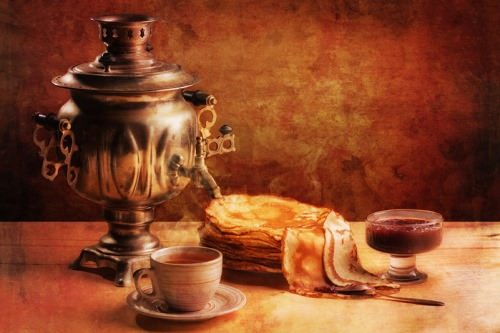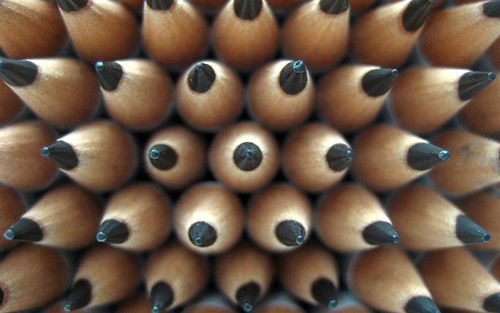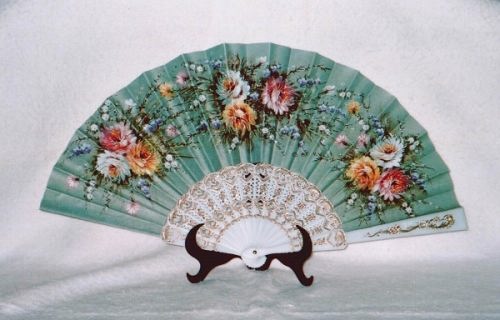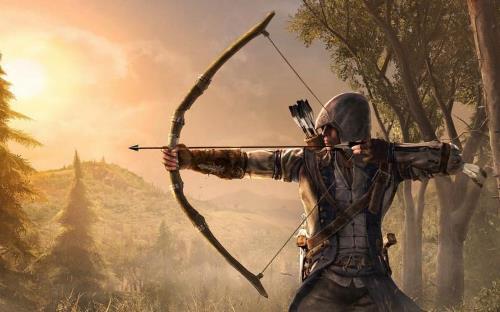Wonderful bridges around the world
There are a lot of bridges all over the world. Travel on land is easier, safer, and more direct with bridges. Footbridges allow people to cross roads, rivers, and railroads safely.
The first bridges were made by placing tree trunks across rivers. Later, people made rope bridges by weaving plants together and built stone bridges with strong arches. Today bridges are built with concrete and other strong, modern materials instead of natural materials.
The Akashi-kaikyo bridge in Japan, has the longest single span of any bridge. The central span is 1,991 m long.
There are various ways of building bridges. Most of them rest on solid supports. Pontoon bridges float on the surface of the water.
More »






